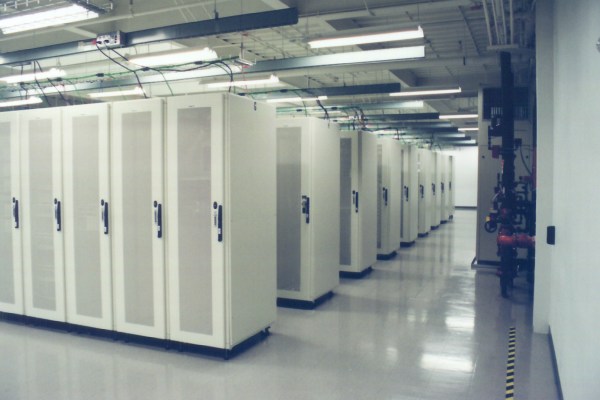Here is a quick guide to some best practices that will help to ensure a smooth and uneventful colocation migration.
Planning and assessment
As always, a successful migration starts with effective planning and assessment. Here are five key points to consider.
Comprehensive inventory
You can only migrate assets if you know what they are. This means that the starting point for any migration is to create a comprehensive inventory of your assets. You should also detail the interdependencies between them.
Once you have a clear overview of your current infrastructure, you should also think carefully about your future requirements. By undertaking your migration with future growth in mind, you will minimize the need for adjustments in the future.
Risk assessment
Similarly, you can only plan effectively to mitigate potential risks if you are clear on what they are. In the context of migrating a data center to colocation, the key risks are usually associated with data security, system compatibility, and operational disruptions. These areas should therefore be evaluated thoroughly to anticipate potential issues.
That said, even with thorough preparation, there is always the possibility that something unexpected will go wrong. It’s therefore important to have a strategy for dealing with any unforeseen challenges. For example, how will you respond to unexpected data loss (or corruption), extended downtime, or compatibility issues between existing and colocation environments?
Maintaining compliance
Any relevant compliance programs apply to data regardless of where it is stored. They also remain in force during a migration. It’s therefore vital to ensure that compliance is maintained at all times.
The starting point for ensuring compliance is to double-check the applicable rules. This is particularly important if you’re migrating data across a recognized geographical boundary. You should also check if your migration could have any wider legal repercussions. Again, this is particularly relevant if you’re migrating data across a recognized border.
Once you have identified the potential compliance and/or legal implications for your move, you can take steps to mitigate them. This may be as simple as sending out notifications of the move and updating documentation to reflect the new processing location. It’s highly advisable to document any compliance or legal issues identified along with the steps taken to remedy them.
Timeline and milestones
Your timeline for migration can have a strong influence on your costs so it’s advisable to consider it carefully. Your migration plan should account for every task involved in the migration from initial preparations to the finalization of post-migration tasks. In particular, it should allow for thorough system testing, and staff training.
It’s also important to set clear and realistic milestones for each part of your migration journey. These act as benchmarks for tracking progress. This means they add structure to the migration process. Milestones should be strategic and aligned with key components of the migration plan.
Budgeting
Once you know what is involved in your migration, you can set a budget for it. This budget needs to cover all known costs both direct and indirect. Common direct costs include physical relocation, equipment setup, and any associated technology upgrades. Common indirect costs include potential downtime, administration, and staff training. It can also be helpful to allow for a margin of error in case of issues such as extended downtime.
Seamless transition strategies
In the run-up to the migration, it’s important to think about the practicalities of the transition. Here are 7 key points to keep in mind.
Employee training: Provide comprehensive training to staff regarding the new colocation environment. Ensure that the team is well-prepared to operate effectively in the migrated setup.
Communication plan: Establish clear communication channels among all stakeholders. Provide regular updates to keep everyone informed about the migration progress. Ideally, tailor these updates to their audience. In other words, only tell people what they, specifically, need to know.
Parallel run: Implement parallel environments for testing before full migration. Gradually migrate services to the colocation facility to minimize disruptions.
Redundancy and failover: Implement redundancy for critical systems to ensure continuous operation. Plan and test failover mechanisms to minimize downtime during migration.
Testing and validation: Conduct thorough testing of all systems and applications. Validate data integrity and functionality post-migration to address any issues promptly. This step is particularly important if you’re working with a third-party vendor. Once a project is signed off, their responsibility for it ends. This means that any additional work will usually incur additional costs.
Continuous monitoring: Implement real-time monitoring tools to keep track of system performance. Monitor performance post-migration to identify and address any emerging issues.
Move into business as usual (BAU): With everything in place, you can transition into BAU. You will probably need to inform people of this transition and any practical implications. For example, it will potentially require issues to be raised via a different process and have different response/resolution times.







